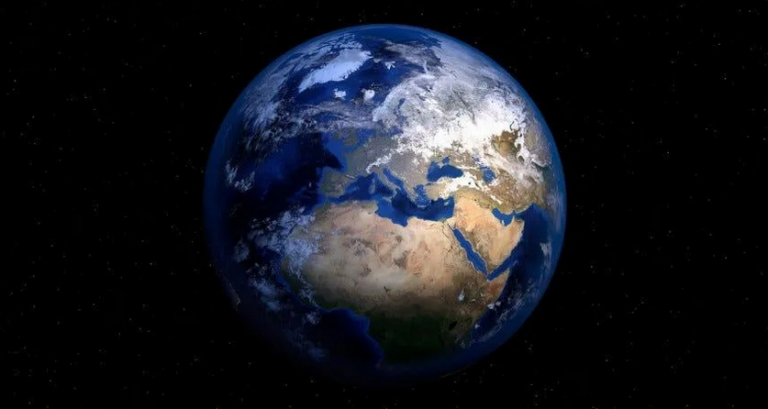Earth’s interior is cooling faster than we previously estimated, according to a recent study, prompting questions about how long people can live on the planet.
There’s no exact timetable on the cooling process, which could eventually turn Earth solid, similar to Mars. But results from a new study, published in the peer-reviewed journal Earth and Planetary Science Letters, focuses on how quickly the core may cool by studying bridgmanite, a heat-conducting mineral commonly found at the boundary between the Earth’s core and mantle.
“Our results could give us a new perspective on the evolution of the Earth’s dynamics,” ETH Zurich professor Motohiko Murakami, the lead author of the study, said in a press release. “They suggest that Earth, like the other rocky planets Mercury and Mars, is cooling and becoming inactive much faster than expected.”
Lady Gaga says she pushed for a sex scene with Salma Hayek in “House of Gucci” but it got cut
While the process may be moving quicker than previously thought, it’s a timeline that “should be hundreds of millions or even billions of years,” Murakami told USA TODAY.
The boundary between the Earth’s outer core and mantle is where the planet’s internal heat interaction exists. The scientific team studied how much bridgmanite conducts from the Earth’s core and found higher heat flow is coming from the core into the mantle, dissipating the overall heat and cooling much faster than initially thought.
“This measurement system let us show that the thermal conductivity of bridgmanite is about 1.5 times higher than assumed,” Murakami said in the press release. “We still don’t know enough about these kinds of events to pin down their timing”.
Source: USA Today
Ask me anything
Explore related questions





